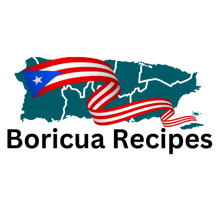Discover Puerto Rican Sofrito: Flavorful Base Recipe
Unlock the secret behind Puerto Rican sofrito, a flavorful base that enhances every dish. Learn how to make sofrito with our easy recipe and elevate your cooking today!
5/12/20255 min leer
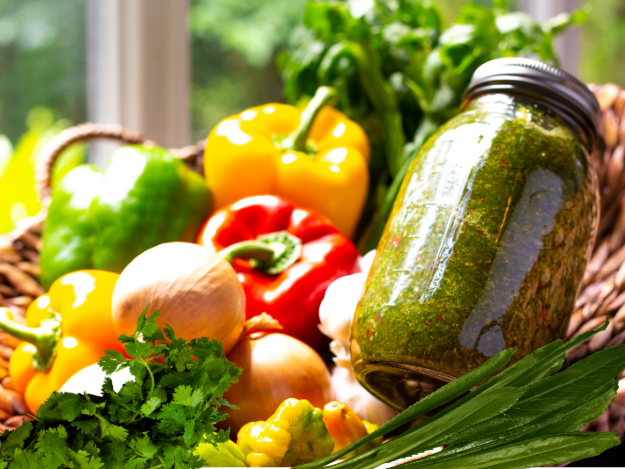

What is Sofrito?
Sofrito is a fundamental element in Puerto Rican cuisine playing a crucial role as a flavor base that enhances the taste of a variety of dishes. This vibrant puree is typically made from a blend of fresh vegetables, herbs and spices including ingredients such as onions, garlic, bell peppers, cilantro and culantro. The combination of these ingredients results in a rich and aromatic mixture that is utilized in numerous traditional recipes elevating them to new heights of flavor.
In the context of Puerto Rican cooking sofrito serves not only as a seasoning but also as a foundational component for myriad meals ranging from rice dishes to stews. Its importance cannot be overstated as it is often the first step in the cooking process providing depth and character to the final dish. While the specific composition of sofrito may vary from household to household the essential function remains the same: to impart a unique and robust flavor profile that is synonymous with Puerto Rican gastronomy.
The versatility of sofrito makes it a staple that can be adapted to fit a wide array of cuisines. While it is most commonly associated with Puerto Rican cooking variations of sofrito are found throughout Latin America and the Caribbean each with its distinctive twist. Whether used in a hearty bean soup, a flavorful rice dish or as a marinade for meats. Sofrito truly excels at bringing together diverse flavors and ingredients. By incorporating fresh herbs and vegetables this sauce not only enhances taste but also contributes essential nutrients to the dishes in which it is used.
Key Ingredients in Sofrito
Sofrito serves as the aromatic foundation for many Puerto Rican dishes composed of a vibrant assortment of key ingredients that contribute significantly to its rich flavor profile. At the heart of traditional sofrito are onions which provide a subtle sweetness and depth. They are typically sautéed until translucen allowing their natural sugars to caramelize enhancing the overall taste. Garlic is another pivotal ingredient; it imparts a robust aroma and a sharp flavor that becomes mellow upon cooking contributing to the sofrito's overall complexity.
Peppers also play a crucial role in crafting sofrito's unique essence. Green bell peppers are commonly used but variations can include ají dulces—small, sweet peppers native to Puerto Rico—which add a mild flavor. These peppers not only introduce color but also create a well-rounded base that harmonizes with the other ingredients. Along with these primary components cilantro is often included providing a fresh herbaceous note that complements the richness of the sautéed vegetables and also culantro is similar to cilantro but a long leaf with stronger smell in my opinion is key for the preparation of sofrito.
Regional and family variations of sofrito can introduce additional spices or herbs reflecting local traditions and personal preferences. Some recipes may incorporate recao (also known as culantro), or even spices like cumin and oregano which enhance the depth and complexity of the finished product. These variations highlight the versatility of sofrito as each family or cook may have their unique twist on this classic blend resulting in diverse flavor experiences.
Each ingredient in sofrito serves a distinct purpose successfully melding together to create a harmonious and flavorful base that elevates a multitude of Puerto Rican dishes. Understanding these key ingredients opens the door to appreciating the complexity and cultural significance of sofrito in Puerto Rican cuisine.
How to Prepare Sofrito
Preparing sofrito at home is both a rewarding and straightforward endeavor that significantly enhances the flavor of your culinary creations. To begin gather your key ingredients: cilantro, garlic, onion, green bell pepper and culantro. These components form the foundation of a traditional Puerto Rican sofrito. Freshness is crucial so opt for ripe vegetables to achieve an authentic taste.
Start by thoroughly washing the vegetables. Next finely chop the onion, green bell pepper and garlic. The vegetable sizes do not need to be exceptionally uniform, as they will be blended later. Some prefer hand-chopping for a more rustic texture, whereas others may choose a food processor for a smoother consistency. If using a food processor, add the chopped vegetables along with the cilantro and culantro and pulse until you reach your desired texture.
Aiming for a paste-like consistency is ideal allowing the sofrito to meld seamlessly into various dishes. If you prefer a chunkier version, be cautious not to blend too long. Taste as you go; adjusting the seasoning with kosher salt or additional herbs can tailor the sofrito to your preferences.
Once complete the next step is the storage process. Sofrito can be refrigerated in an airtight container for up to a week. For longer storage consider freezing the mixture in ice cube trays once frozen transfer the cubes into a zip-top bag. This method allows you to pop out a cube whenever you need a burst of flavor in stews, soups or rice dishes.
Family traditions often play a role in sofrito preparation so feel free to add personal touches—whether that's substituting certain ingredients or adjusting the ratios. This flexibility creates not just a staple but a unique expression of culinary heritage.
The History and Cultural Significance of Sofrito
Sofrito a cornerstone of Puerto Rican cuisine embodies a rich tapestry of cultural influences and historical significance. Its origins can be traced back to the Spanish and African culinary traditions, reflecting the diverse heritage of Puerto Rico. The Spanish settlers brought with them essential cooking techniques and ingredients while African traditions introduced a variety of flavors and spices. This amalgamation resulted in the unique version of sofrito that is cherished in Puerto Rican households today.
Historically, sofrito consists of a blend of aromatic ingredients like garlic, onions, peppers, and cilantro, which are sautéed to create a robust flavor base used in various dishes. The preparation of sofrito is often communal with families gathering to chop and blend ingredients, reinforcing social bonds and cultural identity. This practice echoes the rituals of family gatherings and celebrations where food plays a vital role in fostering connections among loved ones.
The cultural significance of sofrito extends beyond just its culinary application; it serves as a symbol of Puerto Rican resilience and adaptability. During times of economic hardship the ability to create flavor with simple local ingredients became a source of pride and creativity. As Puerto Rico continues to face challenges the preparation of sofrito remains a cherished tradition transcending generations and maintaining a sense of identity within the community.
Additionally, sofrito's impact is not limited to Puerto Rico alone; it has also become a prominent feature in various Latin American cuisines each region adding its unique twist. This highlights the broader influence of Puerto Rican culture and the culinary exchanges that have enriched the gastronomic landscape of the Caribbean and beyond. Today sofrito continues to hold a special place in the hearts—and kitchens—of Puerto Ricans everywhere symbolizing both cultural heritage and the flavors of home.

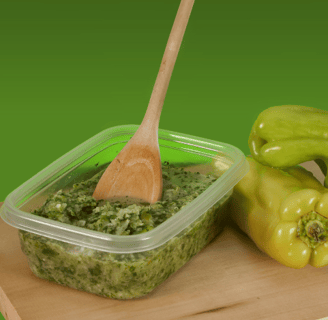
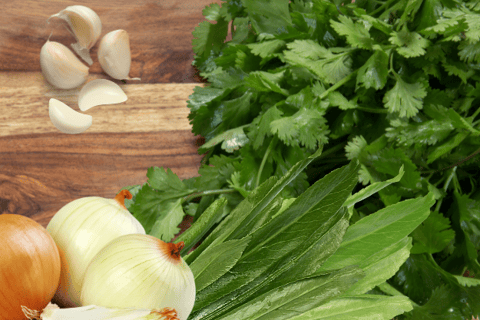

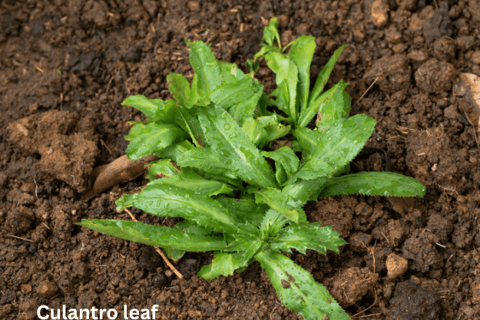

Follow us on social media
Contact us
Subscribe now to elevate your cooking game and impress your family and friends with these delicious dishes and embark on a delicious journey through Puerto Rican gastronomy!
© 2025. All rights reserved.
